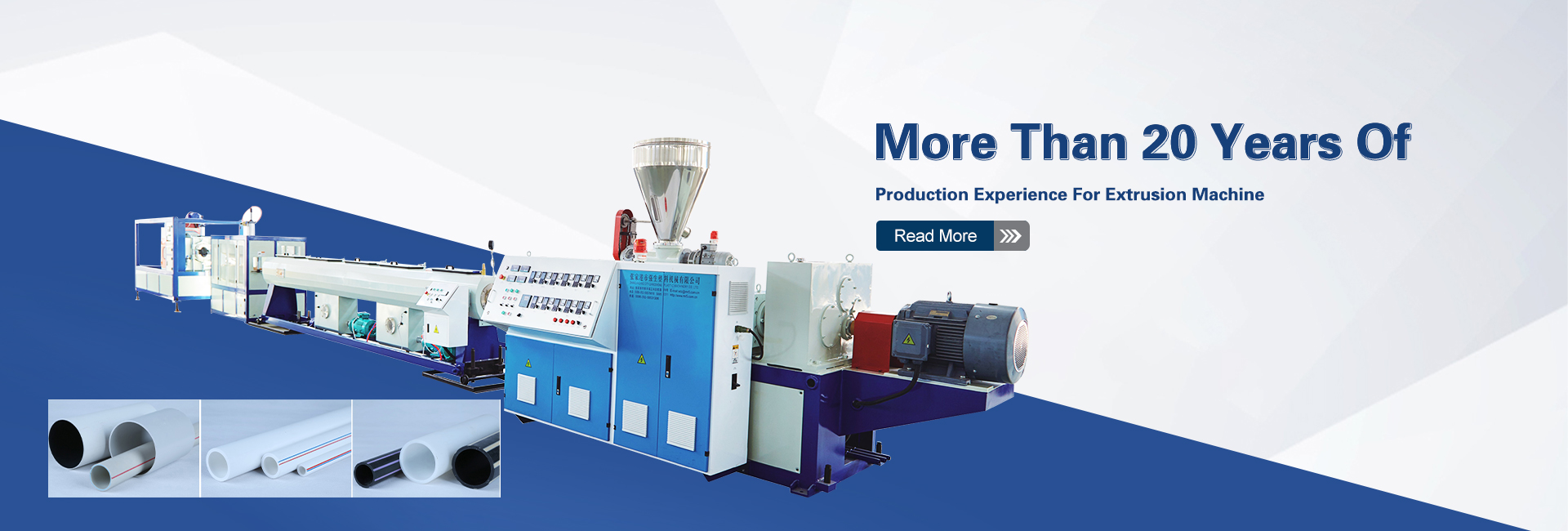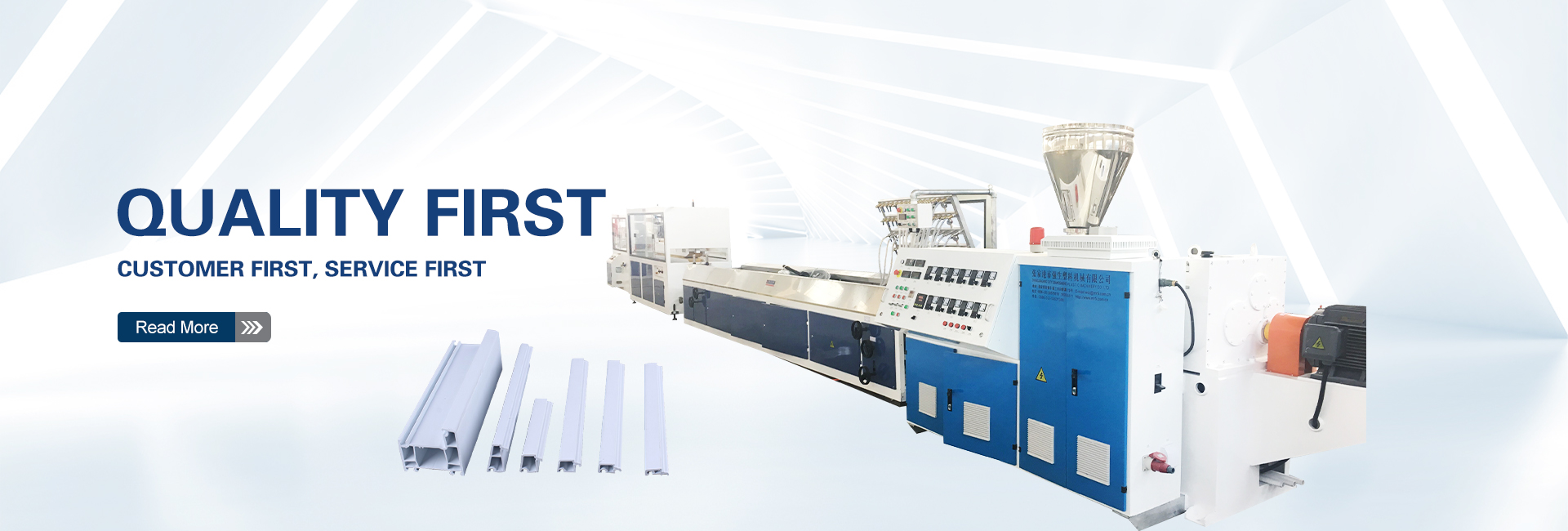In the realm of plastic extrusion, two types of machines reign supreme: single-screw extruders and twin-screw extruders. Each type boasts unique strengths and characteristics, making them suitable for a diverse range of applications. Understanding the nuances of each extruder is crucial for selecting the right tool for the job.
Twin-Screw Extruders: Masters of Mixing and Low-Shear Processing
Twin-screw extruders excel in applications that demand exceptional mixing capabilities and gentle product handling. Their intermeshing screws generate intense shear forces, effectively dispersing additives, fillers, and pigments throughout the polymer matrix. This superior mixing ability makes twin-screw extruders ideal for processing:
- Heat-sensitive materials: Due to their shorter residence time within the extruder, heat-sensitive materials experience less thermal degradation, preserving their properties.
- Shear-sensitive materials: The intermeshing screws generate controlled shear, minimizing product breakdown and ensuring consistent quality.
- Complex formulations: Twin-screw extruders can handle intricate formulations with multiple additives, fillers, and pigments, achieving uniform dispersion and consistent properties.
Single-Screw Extruders: Champions of Efficiency and Cost-Effectiveness
Single-screw extruders, while not as adept at mixing as their twin-screw counterparts, offer advantages in terms of production capacity, power consumption, and cost. Their simpler design and lower manufacturing costs make them a more economical choice for applications that prioritize:
- High production rates: Single-screw extruders can achieve high throughputs, making them suitable for mass production of simple profiles and tubing.
- Lower power consumption: For a given output, single-screw extruders generally consume less energy compared to twin-screw extruders.
- Cost-effectiveness: Their simpler design and lower manufacturing costs make single-screw extruders a more budget-friendly option.
Selecting the Right Extruder: A Balancing Act
The choice between a single-screw and a twin-screw extruder hinges on the specific requirements of the application. Factors to consider include:
- Material properties: Heat-sensitive and shear-sensitive materials often benefit from twin-screw extrusion, while single-screw extruders are suitable for less demanding materials.
- Product complexity: Complex formulations with multiple additives require the superior mixing capabilities of twin-screw extruders, while simpler formulations can be handled by single-screw extruders.
- Production volume: For high-volume production of simple profiles and tubing, single-screw extruders offer a cost-effective solution.
- Energy consumption: If energy efficiency is a primary concern, single-screw extruders may be the better choice due to their lower power consumption.
Conclusion: A Symphony of Extrusion Options
The world of plastic extrusion is not a one-size-fits-all endeavor. Both single-screw and twin-screw extruders play valuable roles in the industry, each with its own strengths and applications. By understanding the unique characteristics of each type, manufacturers can make informed decisions that align with their specific processing needs and production goals.
Remember, plastic extruder maintenance is crucial for ensuring optimal performance and extending the lifespan of these essential machines. Regular inspections, timely maintenance, and preventative measures can safeguard the investment in both single screw extruder and twin screw extruder equipment.
In the realm of plastic extrusion process, attention to detail is paramount. By employing the right extruder for the job and adhering to established procedures, manufacturers can achieve consistent quality, high production rates, and cost-effective plastic profile extrusion.
Post time: Jun-06-2024



